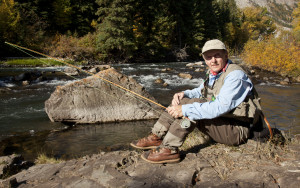
I like old cameras. I like the way they look and the mechanics that make them work. I have collected a few antique cameras in recent years and enjoy having them on display.
The first camera I owned was a Kodak Instamatic Model 104 which I won in a draw at a local drug store in 1967. I was in fourth grade. I remember bringing rolls of cassette film in for developing to the same drug store and waiting anxiously for my pictures to be developed.
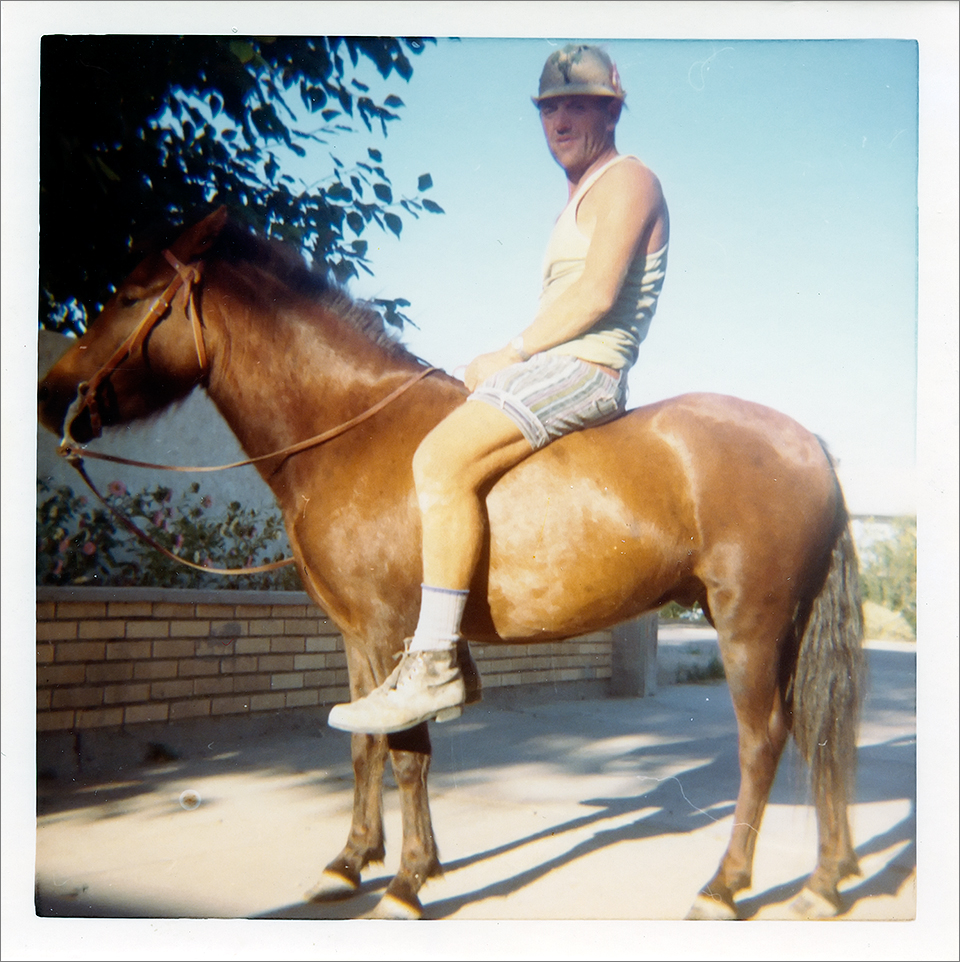
Camera: Kodak Instamatic
I used my Instamatic for quite a few years and in the early 1980s, I upgraded to an Olympus XA2, a small, compact 35mm point-and-shoot camera. Prior to this, in 1972, I took a photography course in grade nine, where I learned to use the school’s Pentax Spotmatic SP 500 SLR camera. Sometimes, the instructor would let me take the camera home on weekends. I would practice taking photos of my family, friends, pets, scenery, and anything else I thought was interesting.

Camera: Olympus XA2
In 1986, I purchased a second-hand Pentax Spotmatic, the same camera model I learned to use in junior high school. I was very familiar with how it worked and took thousands of photos with it. Once, while wading across the South Castle River, I was carrying a backpack and forgot the camera was slung over my shoulder. The water was deeper than I anticipated and the camera became submerged during the river crossing. When I reached the shore, I opened the back of the camera and watched in disbelief as water poured from the inside. I thought the camera was ruined. I removed the roll of film and let the camera dry overnight. The next day, I popped in a new roll of film and everything worked as usual. I was astonished and relieved.
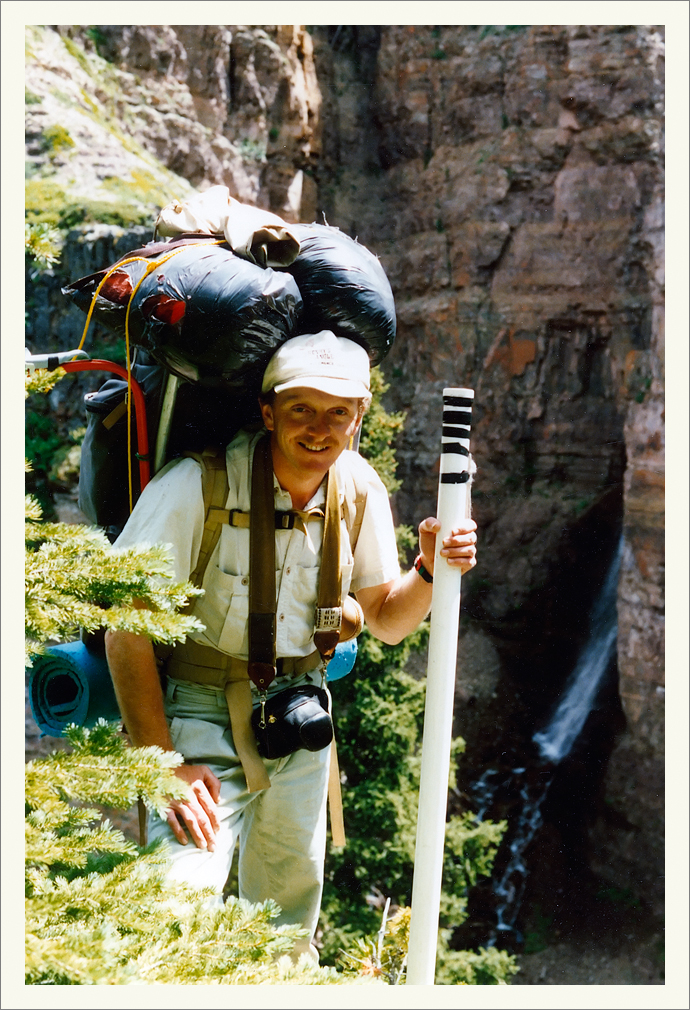
Photograph by Bryan Bond
The Pentax camera continued to serve me well until I replaced it in the mid-1990s with a Canon Elan II, my last film camera. In 2005, I entered the digital age when I purchased my first DSLR camera, a Canon EOS 20D. I still have the 20D and continue to use it from time to time.

I no longer have any of my old film cameras, except for the Pentax. We went through a lot together and I’m going to hang on to it. The camera survived being dunked in a river and made it through numerous other precarious stream crossings. It’s been to the top of mountains and came with me on many scrambles and hikes in southwest Alberta. It was exposed to snow and freezing temperatures in winter and drenching downpours in summer. It was carried in backpacks, jostled about on pack horses, and bounced around in boats of all types. If it wasn’t tucked inside my chest waders while I was fishing a river or lake, it was in my closet at home, waiting for the next outdoor adventure. The camera had a lot of close calls over the years, but it always lived to photograph another day. I’m not so sure my digital cameras would have made it through half the things the Pentax endured during its outings with me.
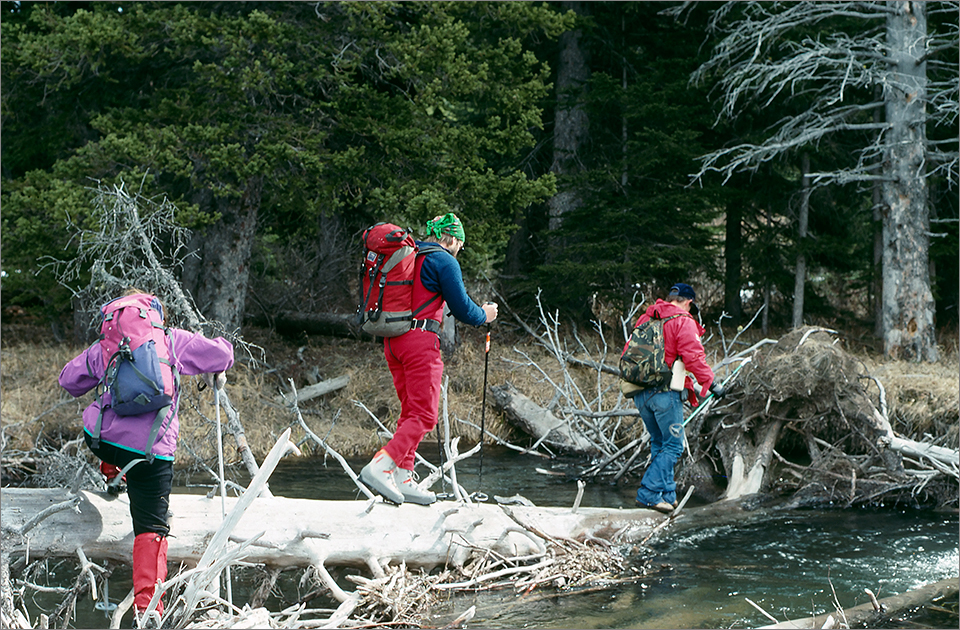
Camera: Pentax Spotmatic
Below are a few photos I took with my Pentax camera. The first picture is a scanned print, whereas the rest are slides. I seldom used color negative film in those days and preferred to shoot slide film. At first, Kodachrome 64 was my film of choice, but in the early 1990s, I started using Fujichrome Velvia. By the time I purchased my Canon Elan II camera in 1995, I was shooting almost exclusively with Velvia.

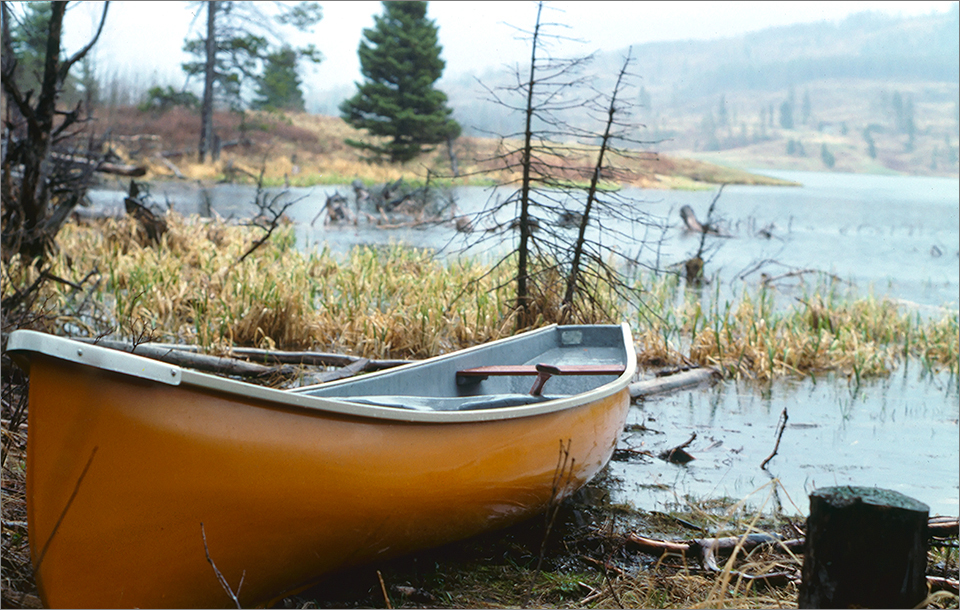


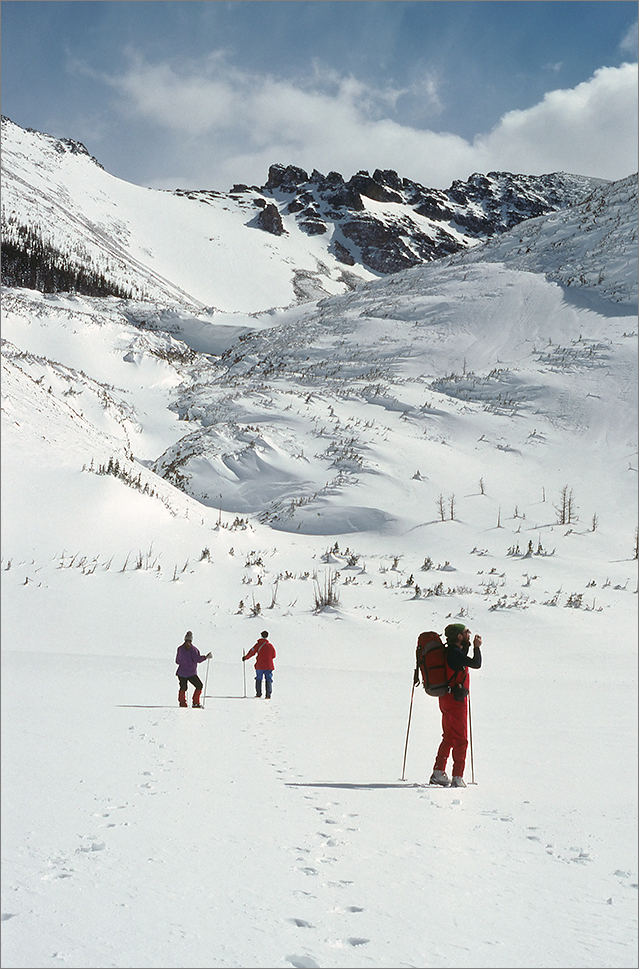

Photo by Kent “Ike” Isaacson

